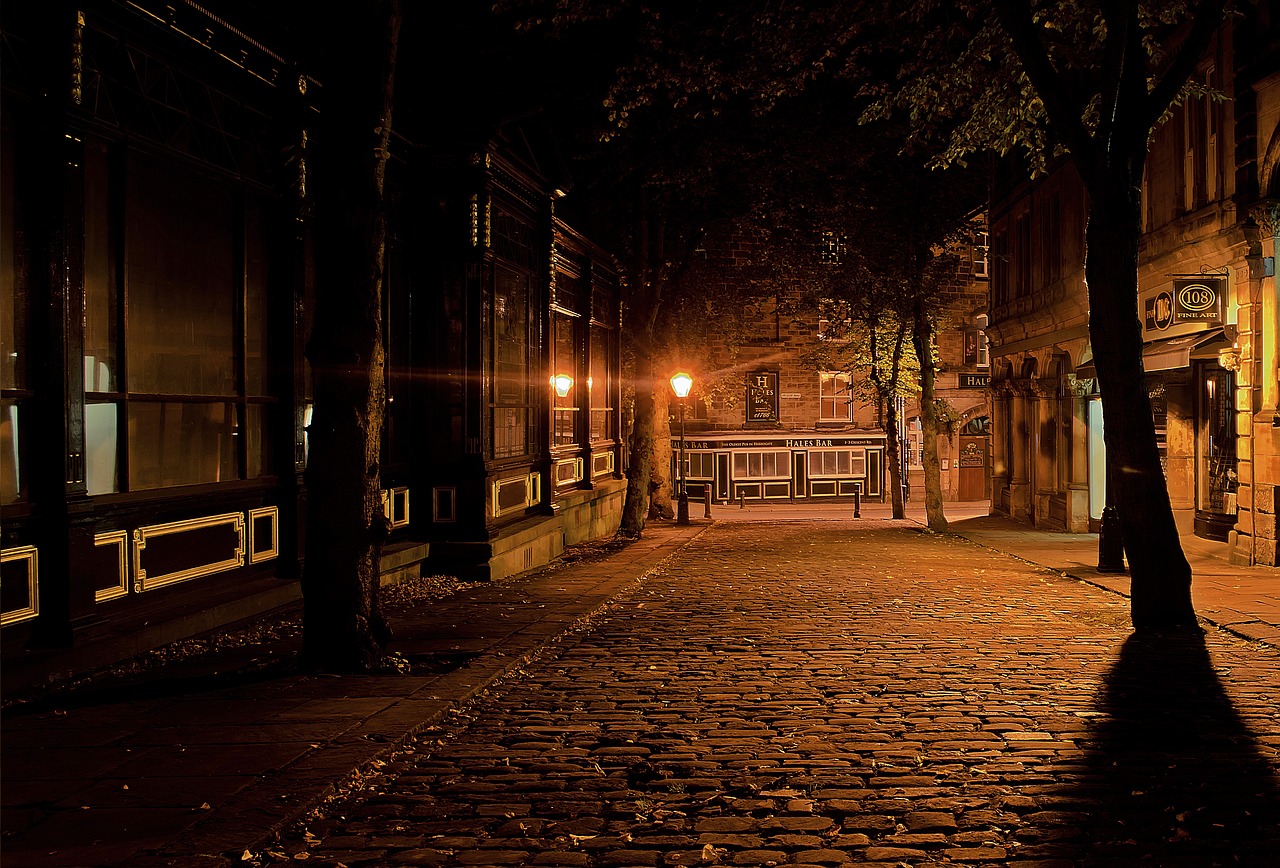Pamplona's San Fermín Festival: A History of Bull-Running Tradition
history | 3 minutes read | 9 months ago

Welcome to our blog post on the rich history of Pamplona's San Fermín Festival! In this article, we will explore the origins of this famous event, learn about the bull-running tradition, and delve into the cultural significance of this annual celebration.
The Origins of San Fermín Festival
The San Fermín Festival dates back to the Middle Ages and is celebrated in honor of Saint Fermín, the co-patron saint of Navarre. The festival takes place every year from July 6th to 14th in Pamplona, a charming city located in the northern region of Spain.
Legend has it that Saint Fermín was a Christian martyr who was beheaded in Amiens, France in the 3rd century. His remains were later brought to Pamplona, and he became one of the most revered saints in the region. The San Fermín Festival, initially celebrated to honor his feast day, has grown into a grand event that attracts both locals and visitors from around the world.
The festival combines religious processions, music, dancing, fireworks, and of course, the famous bull runs. While the event has evolved over time, it remains deeply rooted in tradition, exemplifying the rich cultural heritage of the region.
The Bull-Running Tradition
The most iconic aspect of the San Fermín Festival is undoubtedly the daily bull runs, known as the "encierro" in Spanish. Each morning, brave participants known as "mozos" gather on the streets of Pamplona to run alongside a herd of bulls, covering a distance of approximately 825 meters.
Before the actual bull run, a ceremony known as the "chupinazo" takes place. This involves the ignition of a rocket, signaling the official start of the festival. The thrill and adrenaline rush experienced by the participants during the bull run is truly unparalleled, making it a highlight of the San Fermín Festival.
While the bull runs may appear risky and dangerous, they are closely regulated to ensure the safety of both participants and animals. The route is lined with barriers and medical staff to attend to any emergencies, and strict guidelines are in place to safeguard the well-being of everyone involved.
The Cultural Significance
Beyond the adrenaline-fueled bull runs, the San Fermín Festival holds immense cultural significance for the people of Pamplona and the wider region of Navarre. It serves as a way to honor their heritage, celebrate their traditions, and bring communities together.
During the festival, the streets of Pamplona come alive with vibrant parades, traditional costumes, and lively music. The atmosphere is filled with joy and excitement as locals and visitors immerse themselves in the festivities, creating lasting memories and forging new friendships.
The festival also provides a platform for local artisans and craftsmen to showcase their talents. Traditional food stalls offer delicious regional delicacies, and numerous cultural events are organized to promote the arts, history, and heritage of Navarre.
The San Fermín Festival in Pamplona is an extraordinary event that captures the essence of Spanish culture, tradition, and bravery. The combination of religious devotion, exhilarating bull runs, and vibrant celebrations make it a truly unique experience for all who attend.
If you are planning a visit to Spain, make sure to include the San Fermín Festival in your itinerary. Immerse yourself in the rich history and culture of Pamplona as you witness this spectacular celebration that has captivated hearts for centuries.


